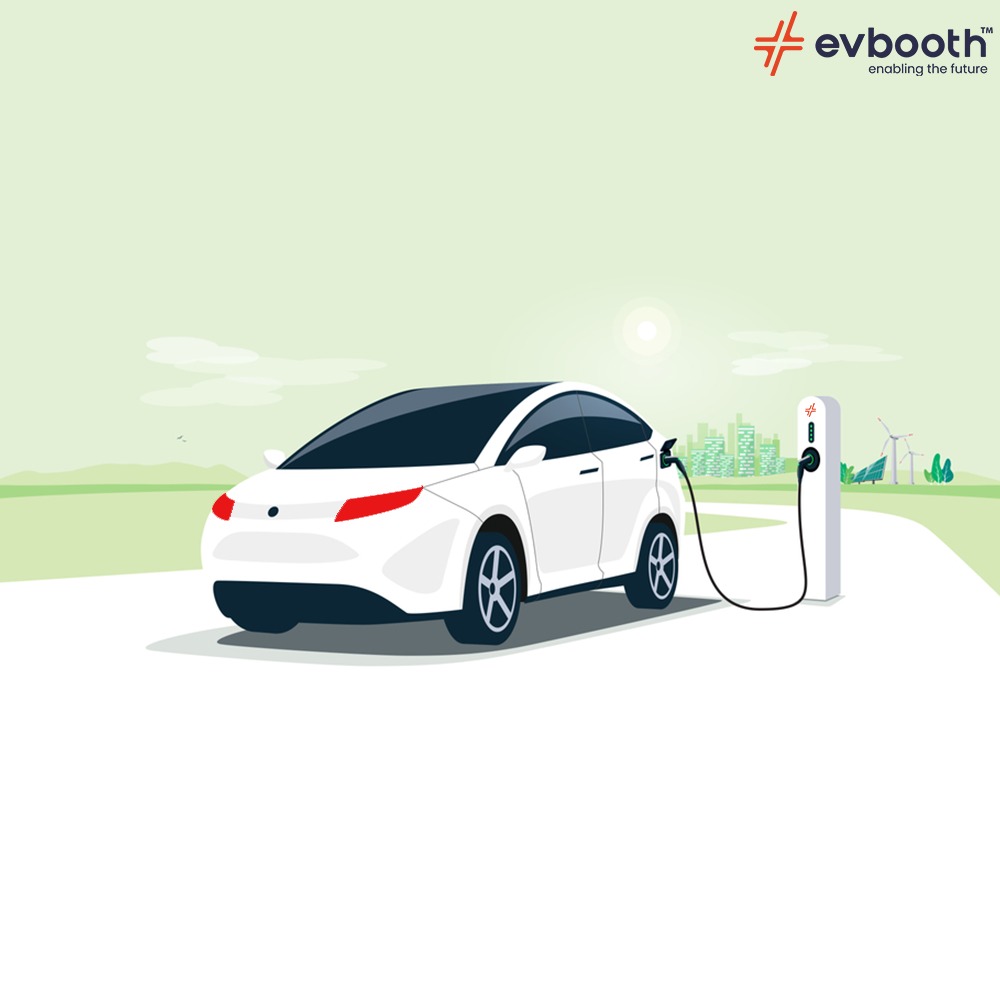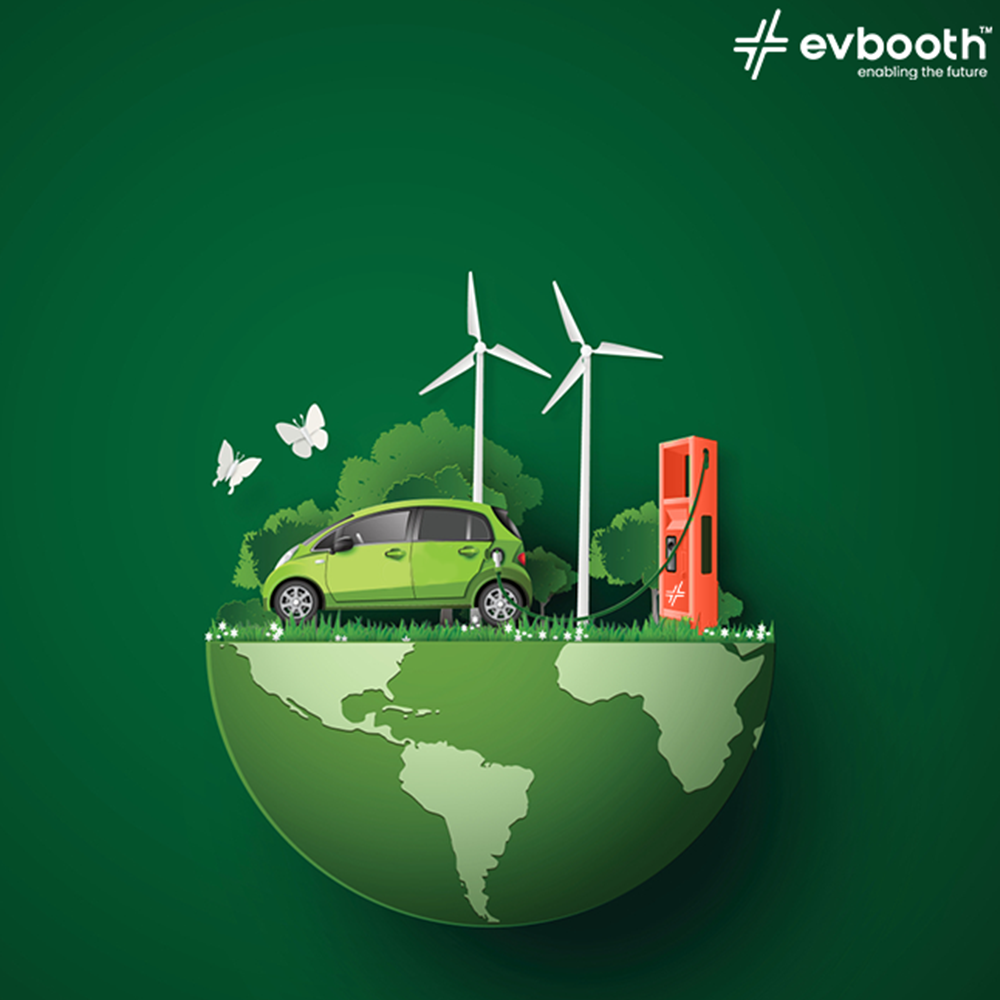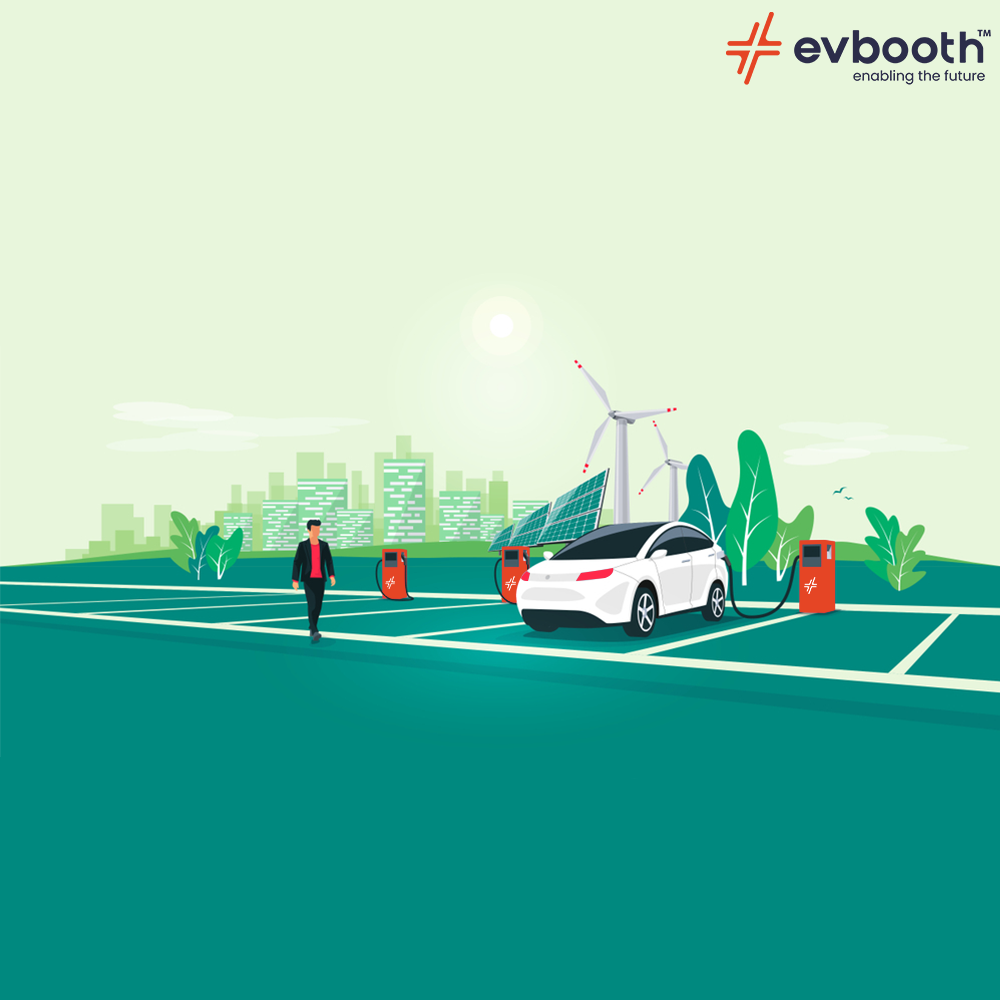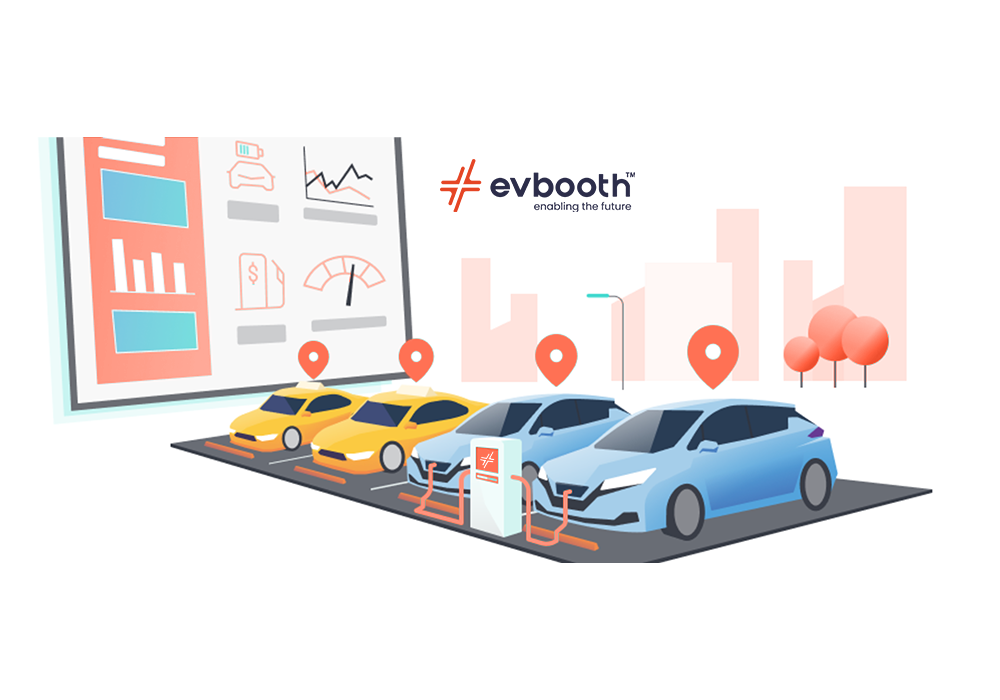Driving India’s Electric Revolution: The Power of Public-Private Collaboration I
Introduction
ndia finds itself at the forefront of a transformative era in electric mobility, propelled by environmental concerns and the nation’s aspirations for upward mobility. While the potential of Electric Vehicles (EVs) is widely acknowledged, persistent challenges such as a deficient charging infrastructure and high costs necessitate a unified effort. This emphasizes the importance of strategic collaboration between the public and private sectors to effectively navigate the complexities of this revolution.
The Current State of EVs in India
The first half of 2023 witnessed a significant surge in EV sales, attributed to government initiatives like the Faster Adoption and Manufacturing of Hybrid and Electric Vehicles (FAME) program, along with proactive contributions from state governments and private entities. The synergy between private automobile manufacturers, EV startups, and charging infrastructure providers plays a pivotal role in surmounting challenges and propelling growth.
The Importance of Public and Private Sector Collaboration
The partnership between the public and private sectors assumes a central role in fostering the growth of EV adoption in India. The private sector, armed with innovation, product design capabilities, and expansive distribution networks, collaborates seamlessly with the public sector, shaping regulatory policies and providing crucial incentives. This collaboration facilitates the sharing of expertise, resources, and risks, creating an environment that accelerates innovation and bolsters a shared commitment to environmental and economic goals.
Challenges to EV Transition
Despite significant progress, persistent challenges include inadequate charging infrastructure, affordability concerns, gaps in consumer awareness, and technological hurdles. A focused public-private collaboration becomes imperative to address these challenges comprehensively, ensuring a seamless transition to EVs.
Strategies and Solutions for Collaborative EV Transition
To fortify public-private collaboration, joint investments in charging infrastructure become a linchpin. Collaborative policy frameworks, encompassing both regulatory and incentive structures, lay the foundation for a conducive environment. Concurrently, targeted research and development initiatives serve as a cornerstone, aiming to reduce costs, enhance technological advancements, and kindle consumer interest. These strategic measures collectively aim to democratize access to EVs, making them more appealing and affordable for the Indian market.
Conclusion
In the journey towards driving India’s electric revolution, the symbiotic relationship between the public and private sectors emerges as the linchpin for success. The collaborative efforts witnessed in addressing challenges, fostering innovation, and accelerating the adoption of Electric Vehicles (EVs) underscore the significance of this partnership. As we navigate the current landscape of challenges and opportunities, the collaborative spirit lays the groundwork for a cleaner, sustainable, and economically vibrant future in electric mobility. As we conclude this exploration into the power of public-private collaboration in India’s electric revolution, stay tuned for Part II. In the upcoming segment, we delve deeper into case studies illustrating successful collaborations, sustainable impacts on society, the environment, and the economy, and further strategies to overcome challenges in the evolving electric mobility landscape. Join us in unraveling the next chapter of this transformative journey towards a greener, more electrified future.





